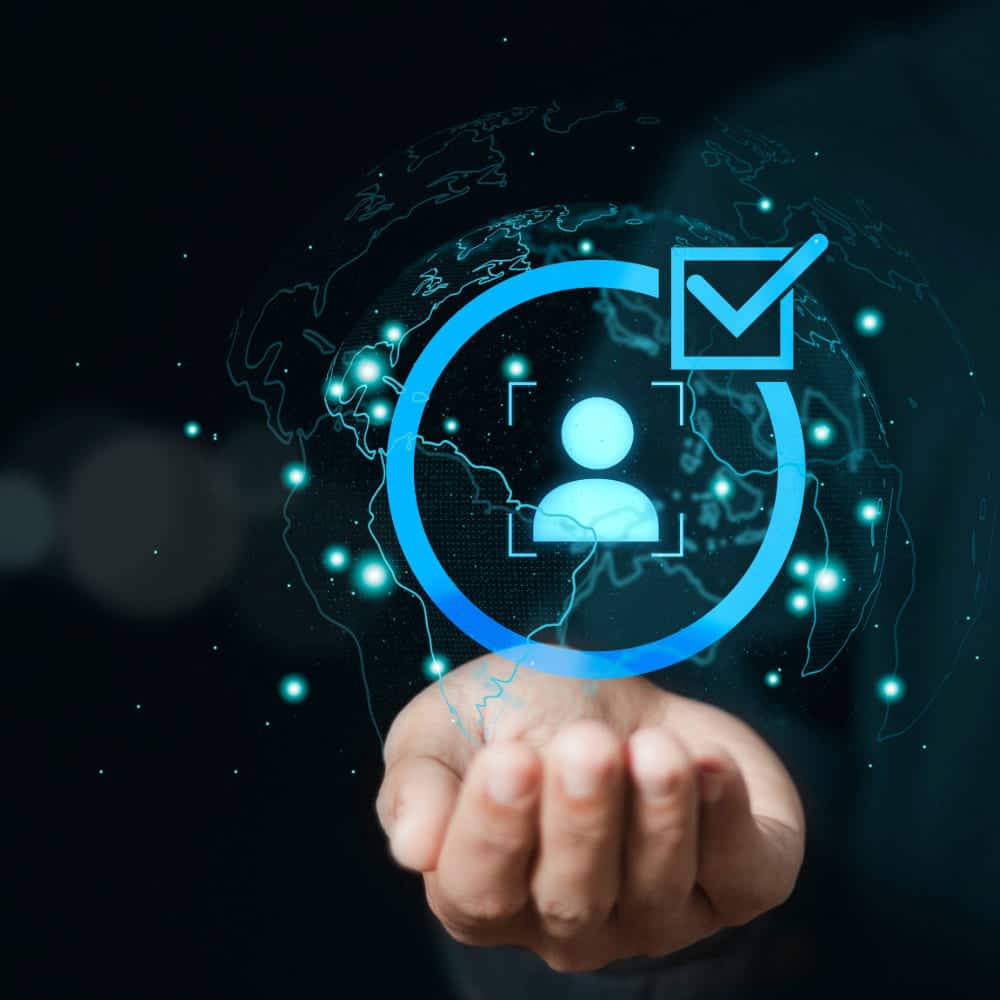For financial institutions, KYC goes beyond mere data collection, encompassing a comprehensive understanding of customers' financial profiles and activities.
GovTech: digitalisation of public administration for citizens’ benefit

Technology has become a fundamental ally in transforming and enhancing various aspects of society, with one of the most evident transformations being in public administration. The fusion of government and technology, known as GovTech, has revolutionised how governments operate, interact with citizens, and provide services.
T
he disconnect between the real needs of citizens and the mechanics of public administrations often leads to seemingly insurmountable problems. Fragmentation or absence of systems that streamline day-to-day management, lack of citizen participation tools, or the presence of outdated platforms create a gap that can only be bridged through decisive investments focused on public service. Hence, a concept emerges in various forms, such as open digital identity solutions or mobile applications for handling procedures and paying taxes: GovTech.
What is GovTech?
GovTech is a term derived from the combination of “government” (gov) and “technology” (tech). It refers to the use of information and communication technologies (ICT) to improve and transform public administration. This includes developing digital platforms, mobile applications, data management systems, and other technological resources specifically designed to facilitate the provision of government services and enhance the efficiency of public institutions.
Digitalisation of public administration
Digitalisation of public administration involves transitioning from traditional and bureaucratic processes to digital solutions that simplify procedures, increase transparency, and streamline service delivery. This transformation encompasses various aspects, from managing human and financial resources to providing public services such as education, healthcare, transportation, and security.
Benefits for citizens
- Easy and quick access to services: Digital platforms enable citizens to access government services from anywhere, at any time, eliminating the need to physically visit government offices and reducing time spent on bureaucratic procedures.
- Greater transparency and citizen participation: Digitalisation of public administration facilitates the disclosure of government information and promotes citizen participation in decision-making. Citizens can access public data, participate in consultations, and express their opinions through online platforms.
- Improved efficiency and cost reduction: Process automation and resource optimisation through technology enable public institutions to operate more efficiently and reduce operating costs. This translates into better use of public resources and more effective service provision.
- Personalisation and adaptation to individual needs: Technological solutions can be tailored to the specific needs of each citizen, offering personalised services and facilitating interaction with the government according to individual preferences and circumstances.
- Innovation and continuous improvement: GovTech fosters innovation in public administration, driving the development of new technological solutions and continuous improvement of government services in response to the changing needs of society.
Examples of GovTech in action
Numerous examples demonstrate how GovTech is transforming public administration for the benefit of citizens:
- E-Government platforms: Countries like Estonia have implemented comprehensive e-government systems that allow citizens to handle procedures such as tax payments, license renewals, and service requests online, significantly simplifying interaction with the government.
- Mobile applications for public services: In Singapore, the government has developed mobile applications offering a wide range of public services, from booking medical appointments to applying for construction permits, providing citizens with convenient access to government services from their mobile devices.
- Citizen participation platforms: In cities like Madrid (Spain), digital platforms have been implemented to allow citizens to participate in decision-making on local issues, such as allocating participatory budgets and identifying priorities in infrastructure and public services.
- Data management systems: The use of centralised and secure data management systems facilitates information exchange among different government agencies, improving coordination and efficiency in service provision and decision-making.
- Artificial intelligence and data analysis: The application of AI and data analysis in public administration enables the identification of patterns, prediction of trends, and evidence-based decision-making, improving operational efficiency and service quality.
Challenges and considerations
Digitalisation of public administration presents certain challenges that must be addressed to ensure successful and equitable implementation. One of the main challenges is the digital divide. As governments adopt GovTech to improve service provision, there is a risk of widening the gap between those with access to technology and those without. Without access to technology or digital skills, some citizens may be left behind, unable to benefit from government services online. Therefore, promoting digital inclusion is crucial to ensure that all citizens have equal opportunities to access digital government services.
Another important aspect is data security and privacy. As governments collect and use personal data to improve service provision and decision-making, it is essential to establish robust data protection and cybersecurity measures. Protecting citizens’ privacy is essential to build trust in GovTech services and prevent potential vulnerabilities and cyber attacks that could compromise security.
Training and adaptation of public employees are also important considerations when adopting GovTech solutions. As government institutions adopt new technologies, public employees must acquire new skills and competencies to fully utilise these digital tools. Proper training is essential to ensure that employees can effectively use GovTech technologies and contribute to the digital transformation of public administration.
Finally, ensuring accessibility and usability is crucial to ensure that all citizens can benefit from GovTech services. Digital platforms and services must be accessible and user-friendly for people of all abilities and capacities, including those with disabilities or access difficulties. Removing barriers and ensuring that no one is excluded from the benefits of digitalisation due to accessibility limitations is essential.
By addressing the digital divide, ensuring data security, training public employees, and guaranteeing accessibility and usability of digital services, governments can maximise the potential of digitalisation to improve service provision and promote inclusion and equity in the digital society.
Contact an expert from TrustCloud today
























